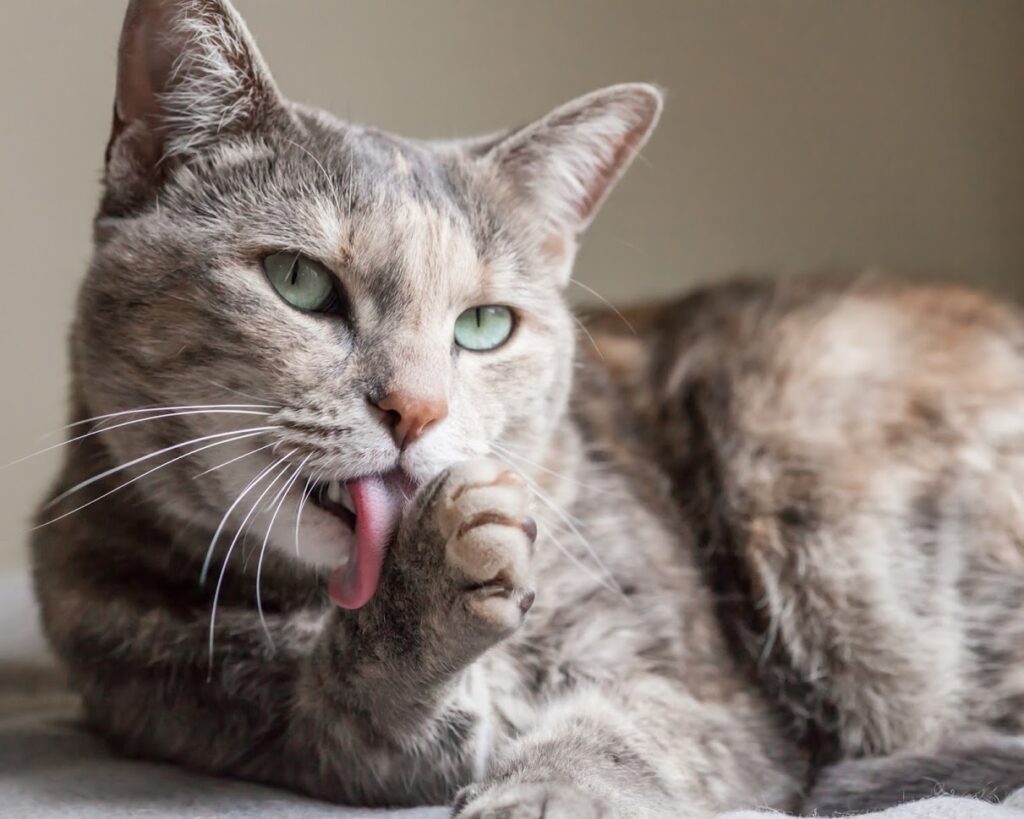Cats display uncommon grace and agility in their ability to negotiate practically any horizontal surface and almost always land on their feet in a fall. However, your cat’s feet can also suffer from diseases, injuries, and irritations that impair normal comfort and function. These problems can range from minor issues to serious trauma.
The more you know about the kinds of problems that can affect your cat’s feet, the more readily you can spot the telltale symptoms of those problems and make sure your cat gets the veterinary attention it needs. Take a look at some potential issues that might take the spring out of your kitty’s step.
Acute Musculoskeletal Damage
Like humans, cats can sustain fractures, strains (damaged muscles or tendons), and sprains (damaged ligaments) in their weight-bearing extremities. A badly judged landing from a great height, a fight with another animal, or an accident in the home can break a bone, tear tissues, or dislocate joint components.
A cat with these kinds of acute injuries will generally not make an effort to stand or walk on the affected limb. Bear in mind, however, that a variety of foot problems can cause lameness. Look for any obvious issues such as cuts or infections. If the foot appears uninjured, the problem may lie higher up in the limb.
Feline Plasma Cell Pododermatitis
Feline plasma cell pododermatitis, sometimes referred to as pillow foot, can affect any breed of cat at any stage of life. This inflammatory condition appears to stem from an underlying immune system malfunction that causes an excess of white blood cells to collect in the affected cat’s paws, causing them to swell up.
External factors can also raise a cat’s risk for developing pillow foot. Examples include a sensitivity to certain types of kitty litter, calicivirus, feline leukemia virus (FeLV), and feline immunodeficiency virus (FIV). The condition often accompanies stomatitis (mouth sores) or a kidney disease called renal amyloidosis.
A cat with pillow foot may display swollen footpads even if it seems to feel no discomfort. As the problem progresses, ulcerations and other uncomfortable issues may make a cat lame or compel it to lick its feet obsessively. Cracked footpads may bleed and run the risk of secondary infection.
Burns and Puncture Wounds
The pads of your cat’s feet can prove to be vulnerable to many kinds of superficial injuries, including burns and puncture wounds. Both extremely hot pavement and the chemicals in deicing compounds can burn the footpads. These injuries can make walking impossibly painful, while blistering and peeling can highly increase the likelihood of infections.
While you may readily identify a blistered, peeling footpad as having a burn injury, you may not see a puncture wound at all. However, you may suspect a puncture wound if your cat seems extremely protective of a particular footpad and refuses to let you examine it closely. Your veterinarian can confirm the nature of the injury.
Toenail Infections
Cats instinctively maintain their own toenails by wearing them down with scratching posts, which substitute for the natural wear the nails would undergo in the wild. However, it is still important to check your cat’s toenails on a weekly basis. Many cats cannot completely maintain their nails on their own and need to have some assistance in keeping their nails trimmed Overgrown toenails can catch on surfaces and pull away from the nail bed, creating entry points for painful infections. They can also continue to grow and curl inwards toward the paw and grow right into the pads of the foot. This is extremely painful for any cat and the punctures from the nails can lead to infection.
A cat with a toenail infection, or ingrown nails may yowl in pain and walk with a limp. If your cat displays these signs, check its nail beds for splits, growths, or crust formation. The tissues around the toenails may also look inflamed or bloody. Observe the nails to make sure you can see the tips and that they are not pressing into the pads. Your cat may need anti-fungal or antibiotic medications to clear up the these painful issues.
Keep an eye on those toes
Many cats may remain stoic and may not outwardly show immediately when an injury or issue has occurred. Be attentive to any unusual cleaning or attention your cat is paying to their feet. The best way to keep your kitty’s paws healthy is to make time to check out their feet at least once a week. This way you get to know what is normal and abnormal for your cat. It will keep you up on how their pads and nails look and if their nails need to be trimmed. Being consistent with checking their feet will also make it easier to catch issues when they are just starting. This way you can take them to the vet before it becomes a bigger problem. If you start this process from a young age, it will also encourage positive handling of the kitty’s feet and make vet visits easier for both your furry friend and favorite vet. Even if the toe checks are started later in life, positive associations with foot handling can benefit older felines too.
1st Pet Veterinary Centers can diagnose and treat a wide range of feline injuries and diseases, including problems involving the feet. Contact our clinic today to talk to our skilled team and arrange for an evaluation.

